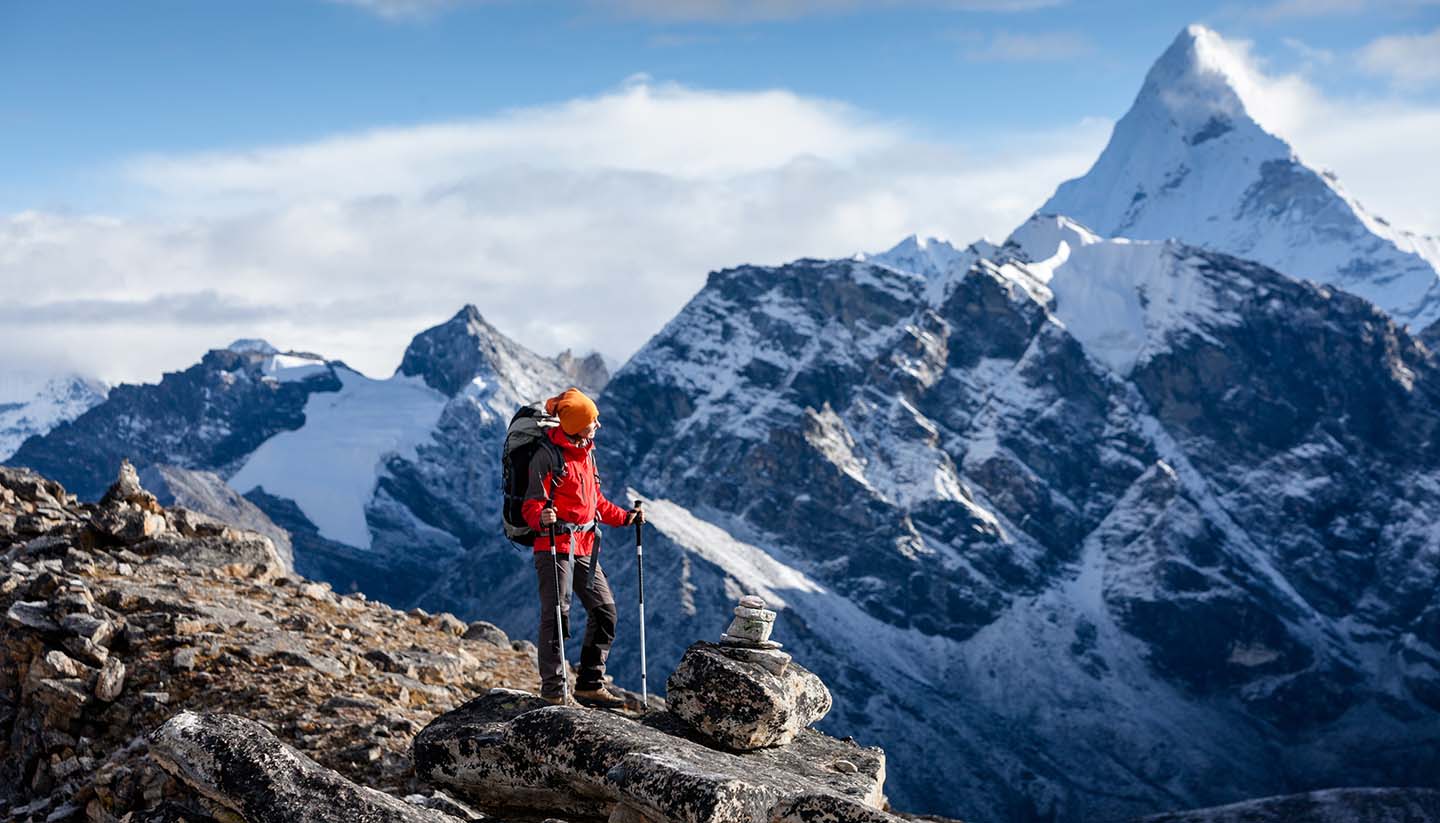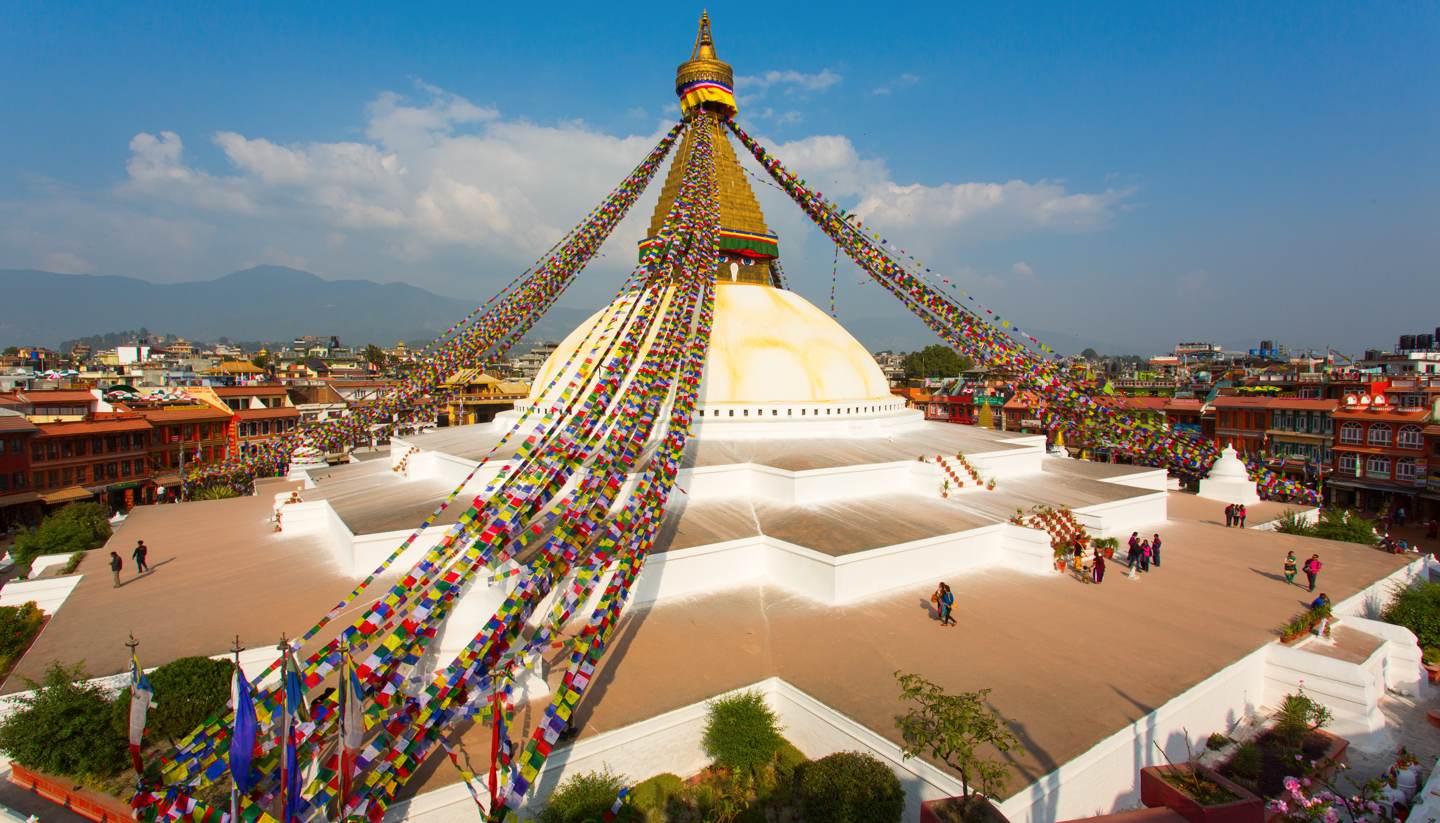Nepal History, Language and Culture
History of Nepal
Nepal was established as a kingdom in 1768 by Prithvi Narayan Shah, who unified a group of neighbouring principalities in the Himalayas. An ambitious man, Shah attempted to expand into nearby Tibet, but his plan was thwarted by the Chinese during what became known as the Sino-Nepalese War (1788-1792).
Barely 20 years later and the country was fighting unsuccessfully again, this time with Britain over disputed borders with India. In losing the Anglo-Nepalese War (1814-1816), Nepal ceded a lot of territory and political power to Britain, whose presence in Nepal destabilised the country and helped Jang Bahadur Rana to power in 1848.
Under Rana’s rule, the monarchy was stripped of power and an undemocratic dynasty of hereditary prime ministers was established. This suited the British – who were well-respected by Rana – and in 1923 they granted Nepal independence.
However, rather than being liberated, Nepal slid into obscurity under Rana, leading to growing dissatisfaction within the country and, ultimately, a coup, in which his regime was overthrown in 1951.
With Rana gone, the monarchy was restored and the Nepalese Congress Party – comprised mainly of anti-Rana rebels – was installed in government. With Nepal back on the map, visitors returned, including New Zealander, Edmund Hillary, who became the first person to scale Mount Everest in 1953.
But by 1960 Nepal was once again thrown into turmoil; realising that a monarchy and democratic government were incompatible, King Mahendra dissolved parliament.
Bowing to growing disquiet, his successor, King Birendra, held a referendum in 1979 to decide the future of Nepali politics. However, its people voted, by a small minority, to maintain the status quo, which failed to placate critics. In 1990, once again, unrest forced the king’s hand and he agreed that a new democratic constitution was necessary.
The following year Nepal held its first democratic elections in 50 years. Yet the nineties were characterised by economic failure, which laid the foundations for the Nepalese Civil War. The armed conflict – between the Maoist Communist Party of Nepal and the beleaguered government – lasted a decade and reached its nadir in 2001, when a state of emergency was declared.
In the same year, Crown Prince Dipendra, heir to the throne, went on a drunken rampage, murdering the King and several family members before committing suicide.
Eventually, in 2006, a peace deal was signed, which brought the Maoists into mainstream politics and curtailed the power of the monarchy further (a year later, the monarchy was abolished).
Nepal has been largely peaceful since and Nepal’s most recent elections in 2013 – which are disputed by Maoists – show signs of forward momentum. But, politically speaking, there’s still a mountain to climb.
Nepal Culture
Religion in Nepal
Mainly Hindu (85%) and Buddhist (8%), with a small Muslim minority (4%).
Social Conventions in Nepal
Be careful to respect local customs: Never step over the feet of a person - always walk round; never offer food and drink that you have tasted or bitten; never offer or accept anything with the left hand - use the right or both hands; it is rude to point at a person or statue with a finger (or even with a foot).
Often when people shake their head, it means 'yes'. Footwear should be removed when entering houses, especially kitchens and shrines. Do not stand in front of a person who is eating. Shaking hands is not a common form of greeting; instead, press the palms together in a prayer-like gesture (Namaste).
Casual-wear is suitable except for the most formal meetings or social occasions. However, bikinis, shorts, bare shoulders and backs may not be appreciated. Men only remove their shirts when bathing. Overt public displays of affection, especially near religious places, are inappropriate.
Seek permission before entering a temple, and do not take leather articles inside them.
Photography: Always ask permission first. In general, photography is allowed outside temples and at festivals, but not inside temples or at religious ceremonies; however, there is no hard and fast rule, and the only way to be sure of not giving offence is to ask first and accept the answer.
Language in Nepal
The official language is Nepali (spoken by 49%). There are many other languages, including Maithili and Bhojpuri. English is spoken in business circles and by people involved in the travel trade.



